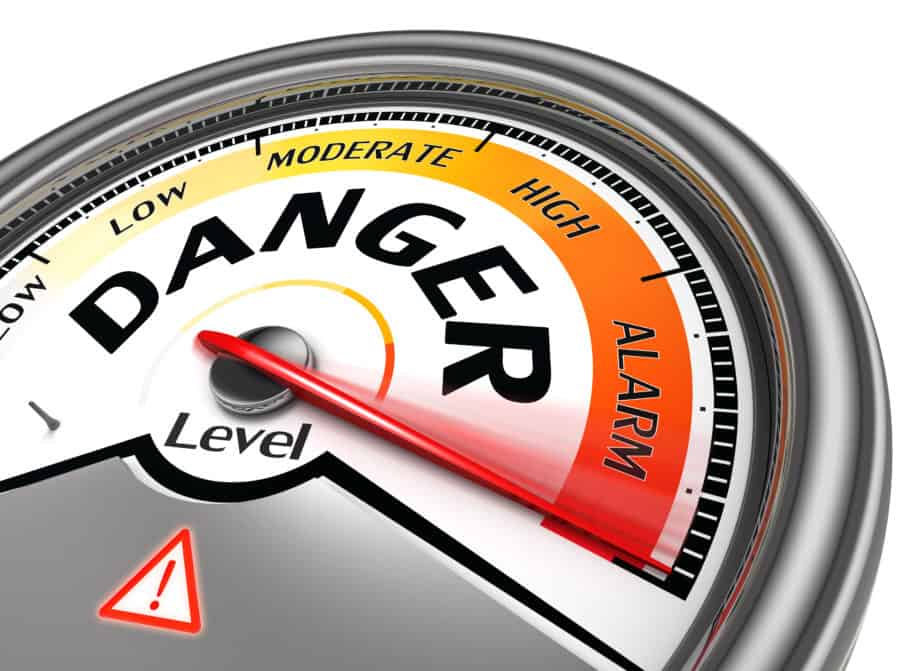In 2011, Terry Norris, then president of the American Society of Safety Professionals, commented on the failure of American companies to reduce the rate of serious incidents and fatalities (SIFs). “A statistical plateau of worker fatalities is not an achievement, but evidence that this nation’s effort to protect workers is stalled. These statistics call for nothing less than a new paradigm in the way this nation protects workers.” However, since 2011 the situation has only gotten worse. 2019 saw more than 5,300 fatalities, the most in a dozen years and the fifth increase in the last six years. It appears that the new paradigm suggested by Norris remains elusive.
What’s the Problem?
There are four common misconceptions in safety that I believe are serious impediments to progress in combating serious incidents and fatalities (SIFs):
- Unsafe acts are the principal cause of incidents and minor injuries and are precursors to more serious incidents. This belief is a holdover from Heinrich’s work suggesting that there is a direct relationship between minor injuries and SIFs. It is increasingly evident that this widely accepted belief is simply untrue. Reducing minor injuries is a perfectly fine thing to do but it has little impact on SIFs because the causes of more serious incidents are generally quite different and due to a variety of interacting systemic issues. Numerous studies confirm that there is little correlation between minor injury rates and SIFs but we continue to spend the preponderance of our safety effort chasing ever lower incident rates.
As safety legend, Dan Petersen, said nearly 40 years ago, an unsafe act may be a proximate cause, but “invariably it is not the root cause.” Rather, he and a growing number of those writing in safety today have contended that unsafe acts are merely symptoms or effects of weaknesses in the management system. Despite this growing body of convincing arguments, worker modification, rather than system improvement, remains the central focus in much of the safety practice.
- Controlling the worker is the essence of safety. Many in safety still accept that essentially all incidents are the fault of workers behaving badly. It is not surprising that worker-focused approaches are so prevalent. While some of these tactics may add value, they can also divert attention and resources from systemic and interacting factors such as design and engineering, operational systems, production pressure, procedure and training adequacy, organizational cultural issues and other fundamental influences frequently implicated in workplace tragedies.
Ascribing incidents to worker shortcomings are a tempting but simplistic way to divert attention from the more complex and often embarrassing reality of systemic organizational deficiencies. Unfortunately, management as well as many in safety are often content to focus on “getting workers to behave” as opposed to dealing with more deep-seated organizational issues. Confronting organizational deficiencies could indicate that the company and its management, not just the workers, need to do something differently.
- Compliance equals safety. Safety is more than compliance. Zebroski (1991), a nuclear safety analyst, performed a detailed analysis of four highly publicized tragedies: The Piper Alpha oil rig fire; Challenger space shuttle explosion; Bhopal toxic gas leak; and Chernobyl nuclear explosion. According to Zebroski, believing that rule compliance was enough to ensure safety was a “principal cause” of man-made disasters such as Three Mile Island and Chernobyl. Compliance, however, remains a principal goal for many companies.
You shouldn’t want your workers to check their brains at the front gate. Better to develop workers with a questioning attitude and a commitment to actively engage in the continuous improvement of what are always imperfect and dynamic systems. Compliance is a low bar; it does not provide significant protection from the complex interactions and the infinite number of factors that so often contribute to catastrophic incidents. Total compliance is an illusion. If you dedicate most of your finite safety resources to monitoring and enforcement you might get close (when somebody is watching). You will never, however, get the discretionary worker involvement and buy-in you need to proactively identify and correct SIF precursors before disaster strikes.
- Low (or zero) injury rates mean you are safe. Even if you trust the numbers, what do they really tell you? Considerable evidence now demonstrates that low overall incident rates do not have a significant correlation to more serious incidents. It would be unwise not to track injuries, but when low rates or zero are the goal, this opens the door to fudged numbers and missed learning opportunities, as well as potentially dangerous and unwarranted complacency.
Since the vast majority of incidents represent relatively low risk events, focusing the majority of your efforts in reducing those events may seem like the best way to lower injury rates, meet your goals, get your bonus and accumulate dubious safety awards. Undue attention and expenditure of resources on relatively low risk events, however, undercuts your ability to control the less common but far more serious threats that can trigger catastrophic events.
What’s the Solution?
We needn’t keep repeating our mistakes. There are alternatives that can assist any company in addressing its persistent SIF threat. Part II of our serious incidents and fatalities (SIFs) discussion will explore those alternatives and their practical implementation.
For more details: Click here & Contact SafetyStratus Now
AUTHOR BIO

Mr. Loud’s over 40 years of safety experience includes 15 years with the Tennessee Valley Authority (TVA) where he served as the supervisor of Safety and Loss Control for a large commercial nuclear facility and later as manager of the corporate nuclear safety oversight body for all three of TVA’s nuclear sites. At Los Alamos National Laboratory he headed the independent assessment organization responsible for safety, health, environmental protection, and security oversight of all laboratory operations.
Mr. Loud is a regular presenter at national and international safety conferences. He is the author of numerous papers and articles. Mr. Loud is a Certified Safety Professional (CSP), and a retired Certified Hazardous Materials Manager (CHMM). He holds a BBA from the University of Memphis, an MS in Environmental Science from the University of Oklahoma and an MPH in Occupational Health and Safety from the University of Tennessee.
References
ASSE’s President: We Need to Change Course. (2011, August 31). Occupational Health & Safety. https://ohsonline.com/Articles/2011/08/31/ASSE-President-Course-Change.aspx
Petersen, D. (1982). Human Error Reduction and Safety Management (1st ed.). Wiley.
Zebroski, E.L. (1991). Lessons learned from man-made catastrophes. New York, NY: Hemisphere Publishing.



